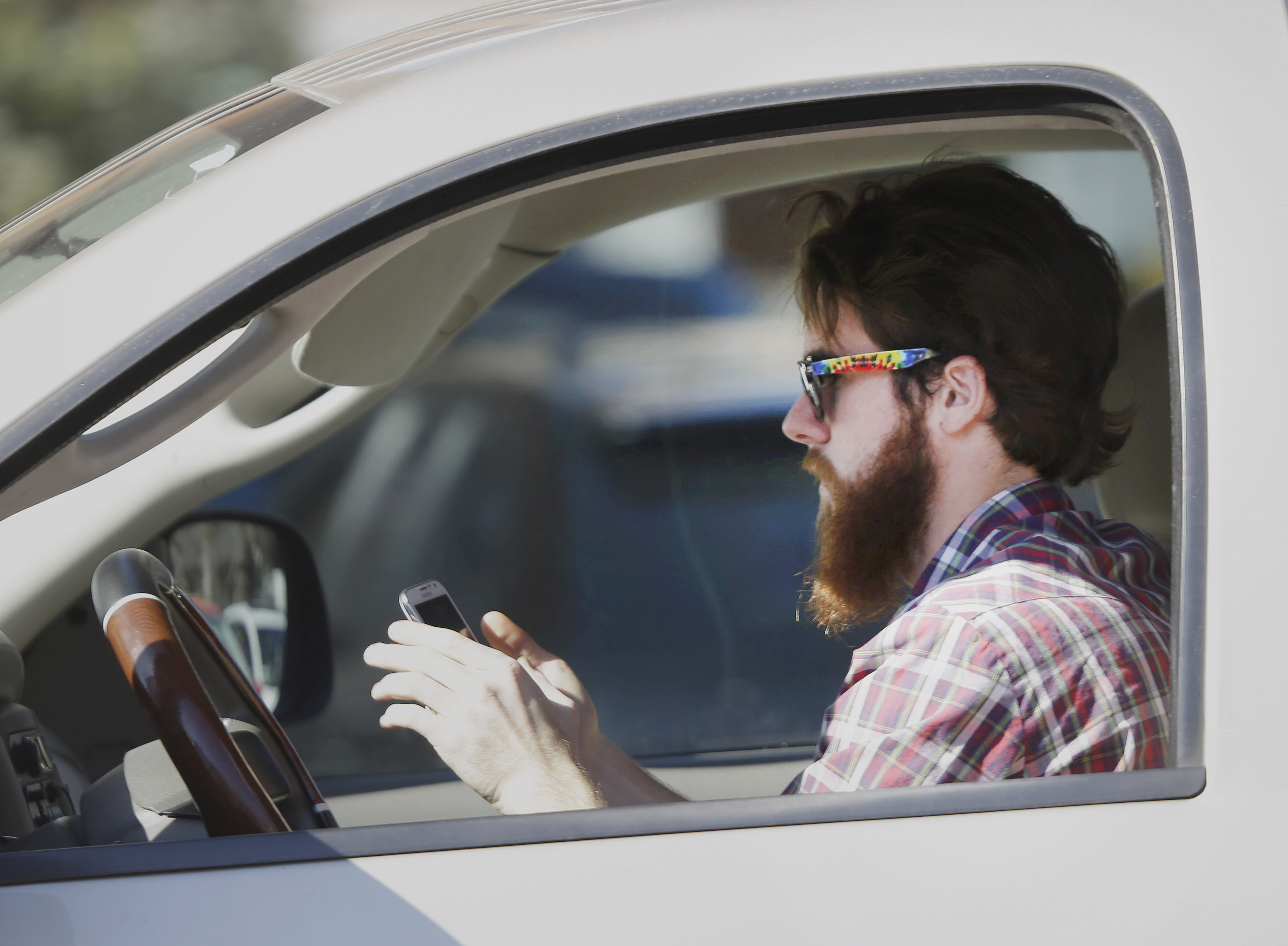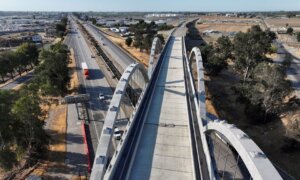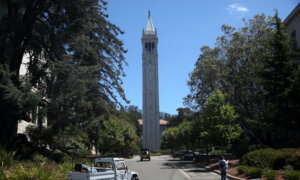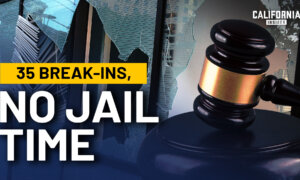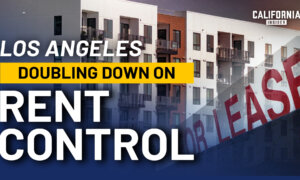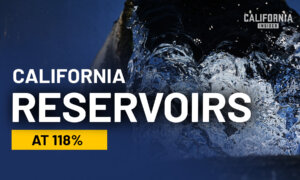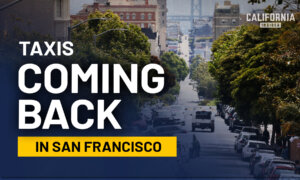As a record number of travelers in California take the road for the Fourth of July weekend, the American Automobile Association (AAA) warned drivers about the dangers of using cellphones while driving now that a state law barring the distracting habit has more teeth.
With the state’s “no touch” law in full effect as of last month, police can now cite California drivers for holding a cellphone.
“Holding a phone is a distraction,” Gianella Ghiglino, a spokesperson for the Automobile Club of Southern California, an affiliate of AAA, told media outlets this week. “This law recognizes that and makes it clear—if you’re holding your device, you’re breaking the law.”
A court case decided on June 3 paved the way for the state’s cellphone driving ban to take full effect. Before the ruling, it was unclear whether the law prohibited holding a phone for a purpose other than talking. The offender argued that he didn’t violate the law because he was holding his phone to look at a map app—he was not talking on the phone. He ultimately lost.
Assembly Bill 1785, enacted in 2017, prohibits drivers from holding and using any cellphones or wireless communication devices unless they are specifically designed for and used in a voice-operated and hands-free manner.
The ban doesn’t apply to any factory-installed electronic communications devices on a vehicle’s dashboard or mounted on a vehicle’s windshield.
Although the law officially became effective eight years ago, the June 3 decision by California’s Sixth District Court of Appeal allowed it to be fully enforced.
Drivers who hold a phone and look at it are distracted and a danger to the public, the judges concluded.
Distracted driving, including talking or texting on a cellphone, eating and drinking, talking to people in the car, and changing the radio station, can take drivers’ attention away from the road, according to the National Highway Traffic Safety Administration (NHTSA).
“Texting is the most alarming distraction,” according to NHTSA. “Sending or reading a text takes your eyes off the road for five seconds. At 55 mph, that’s like driving the length of an entire football field with your eyes closed.”
The state’s original 2006 law governing cellphone use in cars was expanded in 2008 to prohibit a person from writing, sending, or reading texts while driving. In 2013, the Legislature expanded the law again to include prohibiting anyone under 18 from operating a wireless communications device while driving, regardless of its hands-free capability.

A woman looks at social networking applications on her cellphone on March 22, 2018. (Manan Vatsyayana/AFP via Getty Images)
Assembly Bill 1785, authored by former Hayward Democratic Assemblyman Bill Quirk, broadened existing law but left some questions unanswered. For example, was the law focused only on prohibiting cellphones while drivers were talking on them, or did the prohibition extend to other purposes?
Law enforcement officers were finding it difficult to enforce the law as a result, according to a legislative analysis.
The June 3 decision came from the California Court of Appeals for the 6th District in a case involving motorist Nathaniel Porter.
Porter was convicted of a traffic infraction in 2023 in Santa Clara County for viewing a mapping application on his cellphone while holding the phone and driving. Porter appealed to Superior Court in Santa Clara County, where his conviction was reversed. Judges concluded that breaking the law “required active use or manipulation of the device.”
“Merely observing GPS directions on the phone does not constitute the kind of active use or manipulation to trigger an infraction under the statute,” the judges ruled, according to court documents.
The state appealed the ruling, which was reversed June 3.
“We conclude ‘operating’ under [the vehicle code] prohibits all uses of a handheld wireless telephone’s functions while driving, including observing a mapping application,” wrote Judge Mary J. Greenwood. “This interpretation conforms with the spirit of the act to prevent distracted driving stemming from modern phone use and to encourage drivers to keep their eyes on the road.”
Judges Allison Danner and Daniel Bromberg concurred.
Porter will have to pay the $158 fine.
